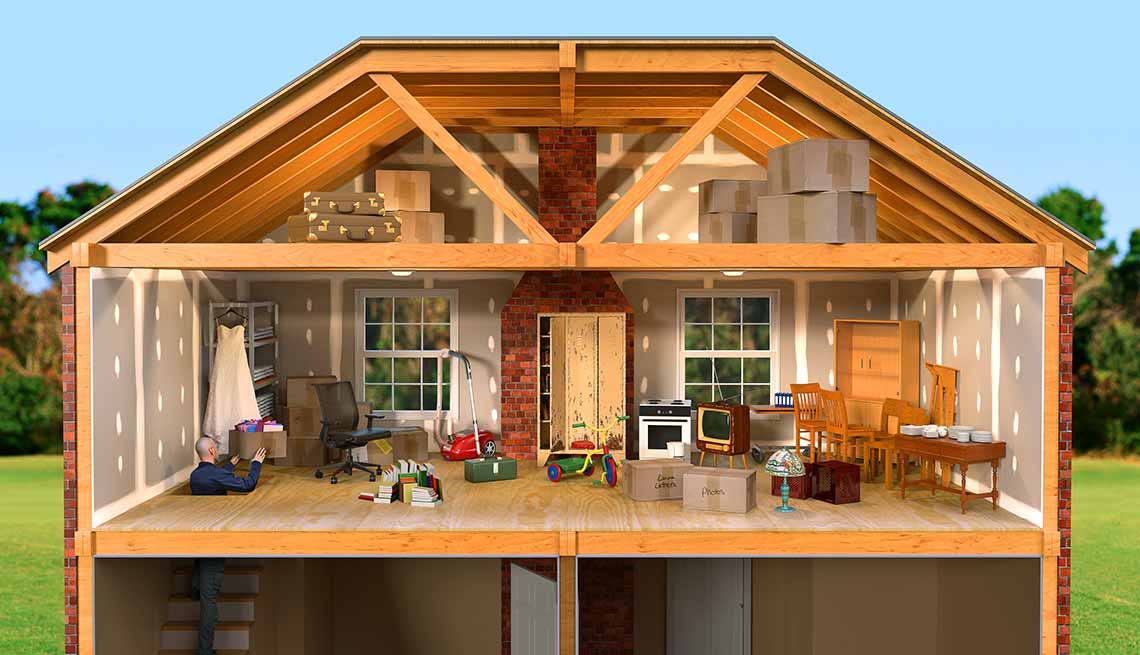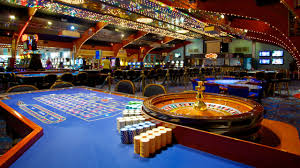
MDF panelling has become a popular choice for homeowners, designers, and builders looking for an affordable yet visually appealing way to enhance interior spaces. Medium-Density Fibreboard (MDF) offers a cost-effective alternative to solid wood while delivering a similar aesthetic, making it an ideal solution for decorative wall treatments in both residential and commercial environments.
One of the primary benefits of mdf panelling is its budget-friendly nature. Compared to hardwood panelling, MDF is significantly less expensive while still offering a refined, smooth finish. Its affordability allows homeowners to cover large areas or multiple rooms without exceeding their renovation budgets. This makes it particularly attractive for projects where style and scale are both important.
Despite its lower cost, MDF doesn’t compromise on appearance. It is manufactured to be smooth, uniform, and free of imperfections like knots or grain variations found in natural wood. This uniformity gives MDF panelling a high-quality look once painted and finished. It can be easily transformed to suit traditional, contemporary, or modern design schemes by selecting the right layout and paint colour.
MDF panelling is also known for its versatility in design. It can be shaped into different profiles and patterns to create classic wainscoting, shaker-style squares, slatted vertical strips, or full-height panels. The panels can be arranged in a variety of layouts to frame walls, add dimension to flat surfaces, or serve as a feature behind beds, fireplaces, or entryways. With its adaptability, MDF allows for endless design possibilities without the high costs associated with bespoke materials.
Ease of installation is another advantage that contributes to its cost-effectiveness. MDF panels are lightweight, easy to handle, and simple to cut to size with standard tools. They can be affixed to most wall surfaces using nails, screws, or adhesives, making them suitable for both professional installations and DIY upgrades. The simplicity of the process can reduce labour time and expenses, making MDF a smart choice for efficient renovations.
Painting MDF is straightforward due to its absorbent surface. Once primed, it accepts paint evenly, resulting in a smooth and flawless finish. This feature enables homeowners to refresh or change the colour of their panelling as trends or preferences evolve, extending the life and relevance of the material without additional investment.
MDF panelling also adds practical value. It protects walls from minor damage, making it a sensible option for high-traffic areas like hallways, living rooms, or dining spaces. Its durability, combined with its decorative function, creates a dual-purpose product that enhances both the form and function of a room.
While MDF is not naturally moisture-resistant, there are moisture-resistant (MR) versions available that are suitable for environments like bathrooms, kitchens, or laundry areas. When properly sealed and painted, MR MDF performs well even in rooms with higher humidity levels, offering the same design benefits in more challenging conditions.
In conclusion, MDF panelling delivers a stylish, adaptable, and cost-effective solution for interior upgrades. Its affordability, design versatility, and ease of installation make it an attractive option for creating custom looks on a realistic budget. For anyone seeking decorative impact without overspending, MDF panelling provides an excellent balance of style and savings.







